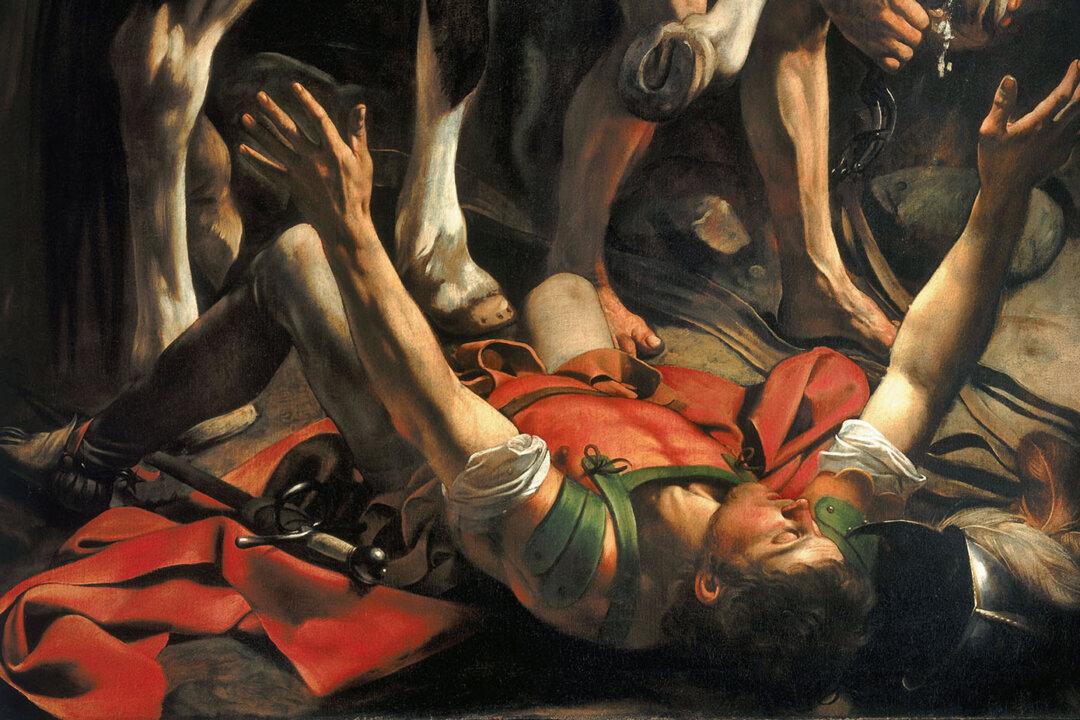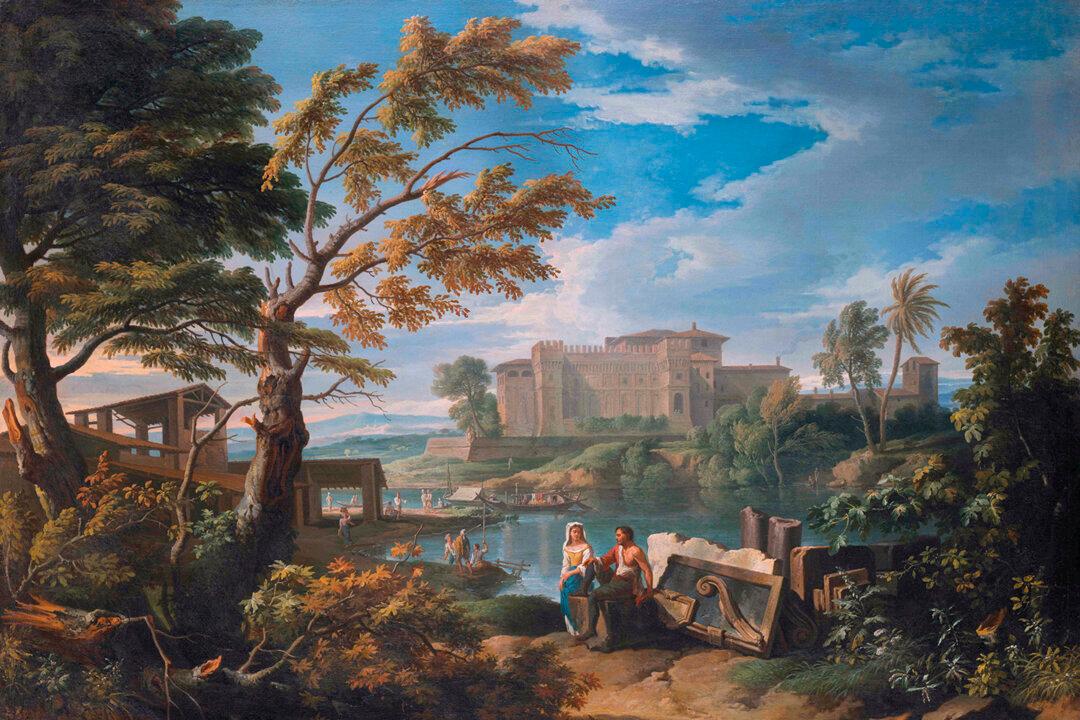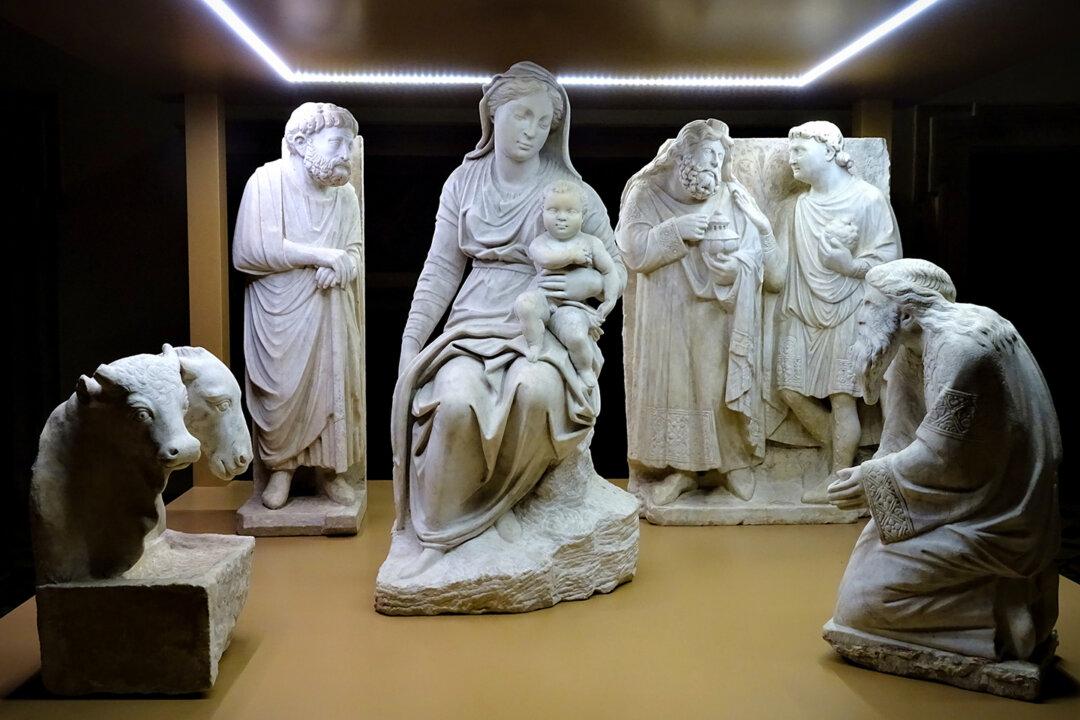Every civilization loves the new year, a celebration of renewal. In the West, people make resolutions for self-improvement, embark on a “dry January,” or try new diets and exercise programs to reinvent themselves. These are signs of hope, a belief that the next year may be even better or, more importantly, that despite the omnipresent discouragement and despair, human beings can improve.
Interestingly, the Catholic Church closes the month of January with a commemoration of the greatest self-improvement story of Scripture, the conversion of Saul.





